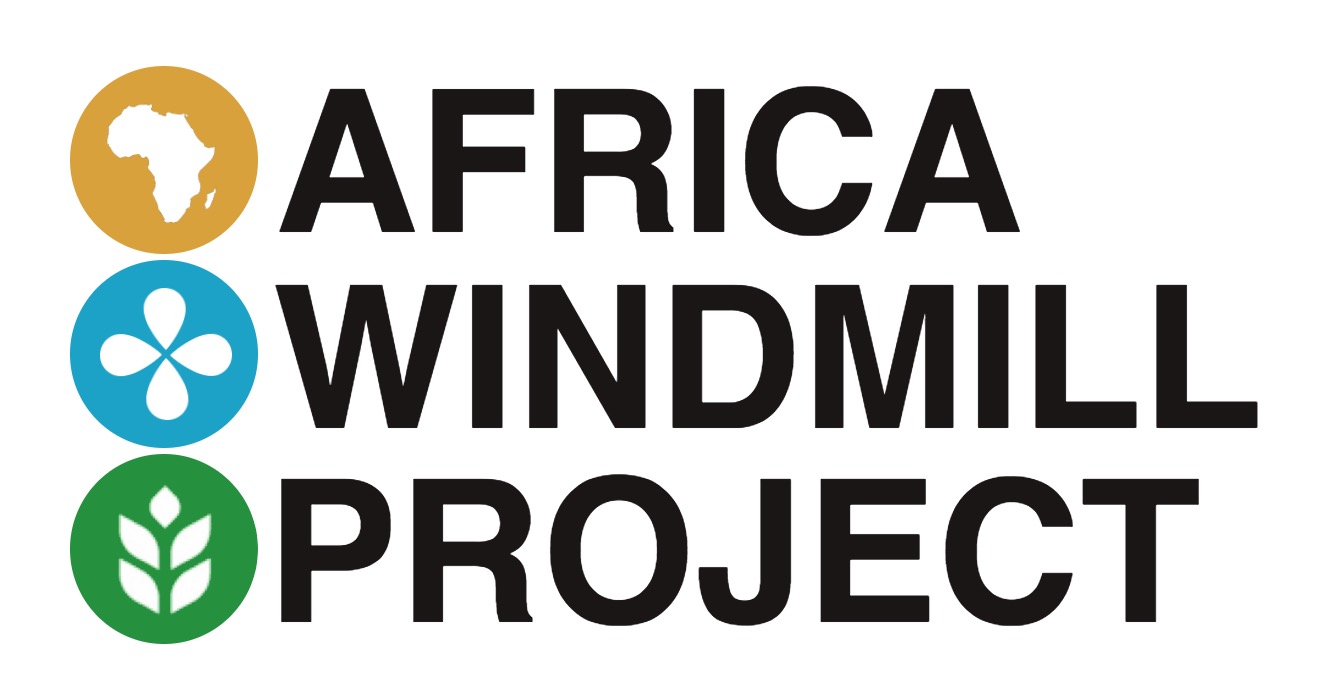WATER!
This is the water source for Chemba village which has about 5,900 people living in the area. The walk to water is approximately 1 to 2 ½ kilometers (5/8 of a mile is 1 km) depending on the location of the home. The amount of time to walk to the water, stand in line, get water and then go back home may be any where from one to three hours. The women or children may have to do this once or twice a day. Pictured below is a woman filling her bucket from this well.
Pictured above is a young girl from Maziwa village. She dips her bucket into the well using a long line or piece of fabric attached to the handle to get water for her family. This village has around 3,800 people living in the community. The distance to the nearest source of water is about 1 to 4 kilometers. The amount of time spent in retrieving water once or twice a day is anywhere from one to four and a half hours. In addition, the trail that leads to the water source is up a steep, sandy incline that is used by the herds of goats and cattle in the community also. The access to the water is very unstable and requires great care in not falling down into the water hole. Pictured below is another woman from Maziwa getting water for her day.
Chemba and Maziwa Villages are 90% agricultural.They are made up of subsistence farmers some of whom own livestock, such as goats, cattle or donkeys.In addition to that they may subsidize their income by selling firewood and charcoal to the government employees within the village (teachers or extension officers) in order to have a little extra money for their daily use including paying for water during the critical drought months of September to December. Most families live on less than $1.00 a day.Both of these communities are totally dependent on rainfall for water.All rivers in the area are seasonal, and when it does rain the ponds that are created are often stagnant and are used by both the human and animal communities.
Installing a bore hole well in these villages
is sure to make a difference in every life.
We wanted YOU to understand what the
existing conditions were and why this well is so needed.
Partner with Africa Windmill Project to complete this work!





